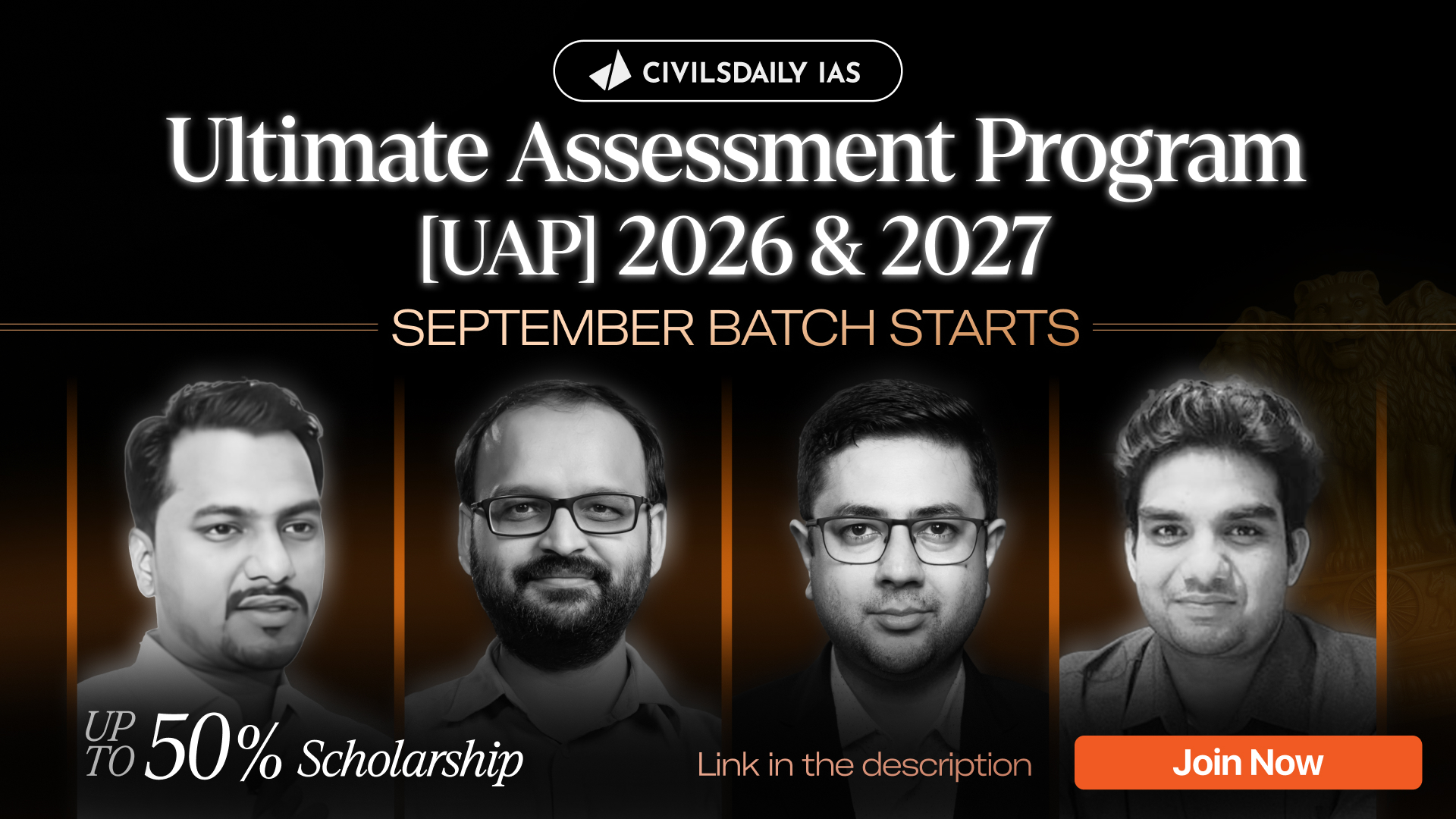Inter-caste marriages occur between individuals from different castes of same religion, while interreligious marriages involve individuals from different religions. According to the National Family Health Survey, the overall rate of inter-religious marriage in India is 2.1% and 10% of marriages in India were inter-caste.
Increase in Intercaste Marriages with Socio-economic Parity
- Urbanization and Modernization: Eg. NFHS-3 notes urban areas especially cities like Mumbai and Bangalore show 20% instances of intercaste marriages, well above that of rural areas.
- Educational Attainment: Educated individuals are generally more liberal and open to marrying outside their caste. Eg. A study by sociologist Kapadia, notes 51% of parents of university graduates are supportive of their children marrying outside caste.
- Economic independence: with greater economic mobility among women, there is growing trend of seeking partners with more compatibility than caste compulsions.
- Social networks expand with increased socio-economic parity. Eg. Punjab, where there is increased social networks especially post green revolution, witnessed more intercaste marriages(22.36%).
- Family attitudes – socio-economic status have become important for social interaction, rather than purely caste based interaction. Preference is given to economic security and stability over caste
Lower interreligious marriages despite socio-economic parity
- Strict religious identity and tradition: Castes in particular religion has same customs, but this is not the case for two different religions hence this barrier discourages marriage despite having socio-economic parity.
- Fear of social exclusion and community pressure – As per NCRB there are more incidents of honor killing in interreligious marriages than in intercaste marriages
- Cultural and Social Differences: Religious identity is often intertwined with cultural values, customs, and social norms. Marrying outside one’s religion is perceived as a challenge to family traditions and may involve significant cultural adjustments, making it less common.
- Limited support system: unlike intercaste marriages which is supported by progressive and liberal segments, there is less support and talk about interreligious marriages.
- Historical tensions and communal riots between religions like Hindu and Muslim, Hindu and Buddhist, Muslim and Christians, etc. left a long lasting scars and continue to influence decisions about marriages between them.
- Legal barriers like compulsory declaration and registration of interreligious marriages under Special Marriage Act, 1954, harming their privacy, right to choice and potentially threatening their life, deter couples from different religions to go for marriage.
- Religious Conversions: Some families resist interreligious marriages because they do not want their children to convert or take on a new religious identity. Eg- Love Jihad controversy in Kerala and UP
By taking a proactive approach through education and community engagement, society can move toward greater acceptance of both intercaste and interreligious marriages, fostering social cohesion and promoting individual choice in personal relationships.

